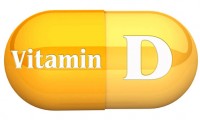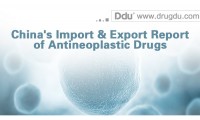-
EU OKs low-dose Xarelto to prevent recurrent VTE
- Source: Pharmatimes
- 622
- November 8, 2017
-
Low vitamin D may raise risk of kidney failure
- Source: medicalnewstoday
- 1,060
- November 8, 2017
-
Moderna Announces New Collaboration with AstraZeneca
- Source: Modernatx
- 465
- November 7, 2017
-
Just two sugary drinks per week may raise type 2 diabetes risk
- Source: medicalnewstoday
- 590
- November 7, 2017
-
China’s Import and Export Report of Antineoplastic Drugs
- Source: Ddu
- 1,498
- November 3, 2017
-
Sanofi, Regeneron’s biologic shines again in asthma trial
- Source: Pharmatimes
- 1,076
- November 3, 2017
-
Dicerna Could Pocket $201M in NASH R&D Deal With Boehringer Ingelheim
- Source: biospace
- 541
- November 3, 2017
-
Bristol-Myers, J&J sink cash into a new $95M European biotech fund
- Source: Endpts
- 616
- November 3, 2017
-
Wearable Devices–A New Look For The Modern Clinical Trial
- Source: clinicalleader
- 987
- November 2, 2017
your submission has already been received.
OK
Subscribe
Please enter a valid Email address!
Submit
The most relevant industry news & insight will be sent to you every two weeks.













